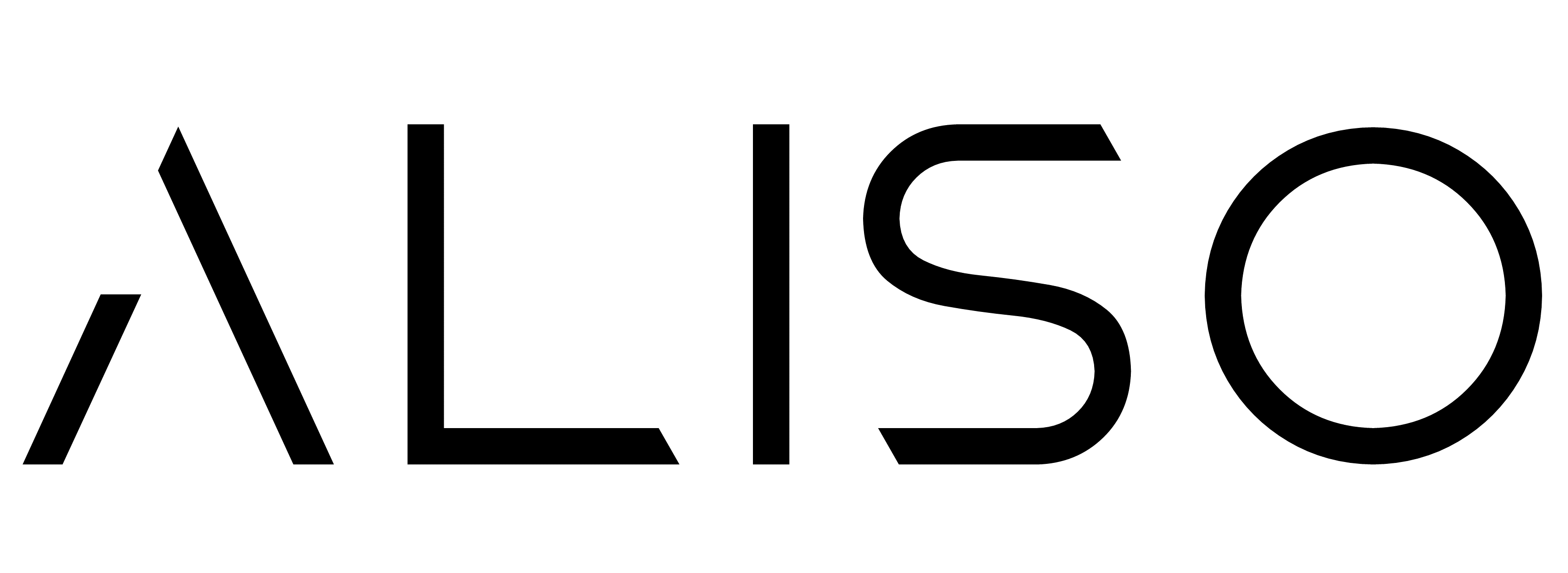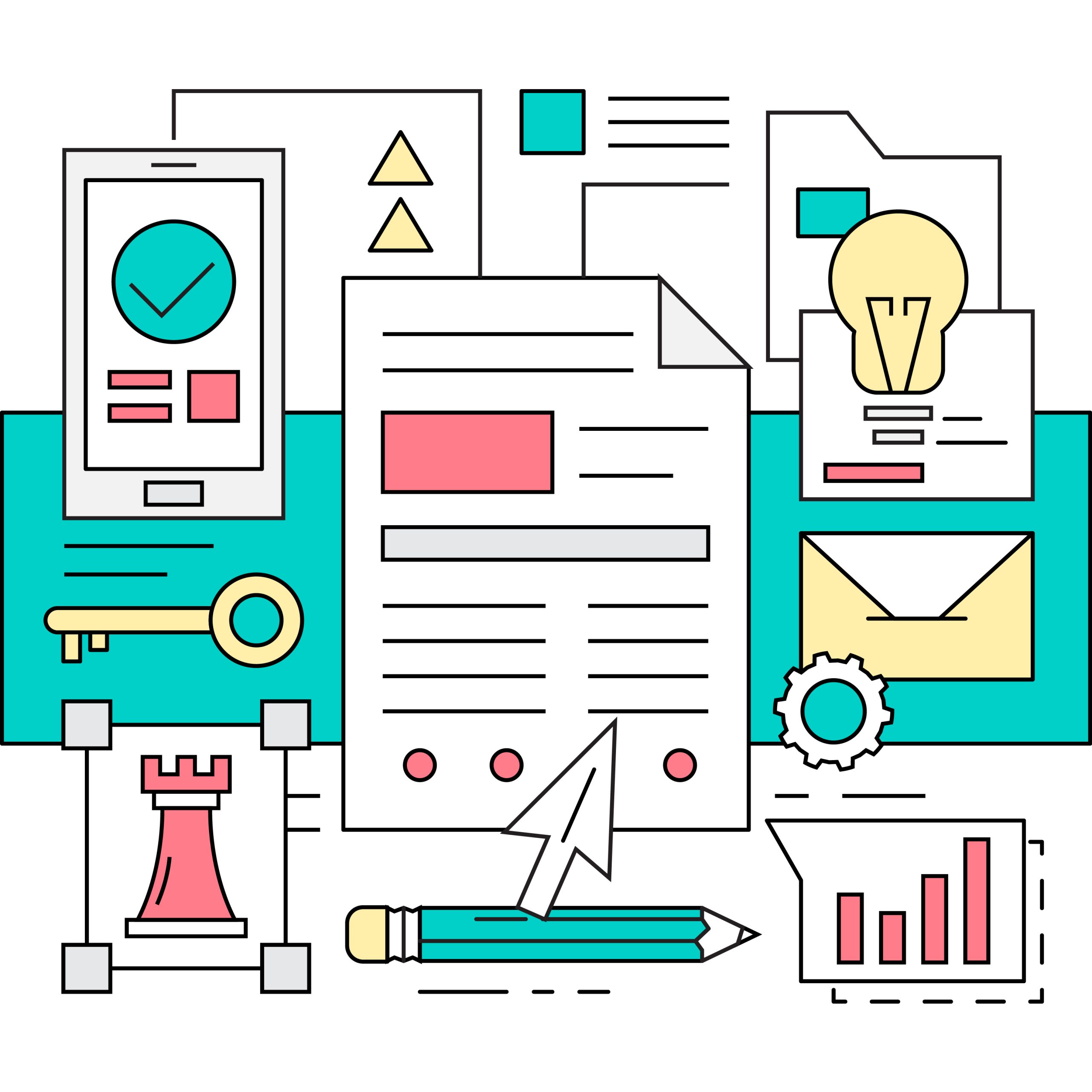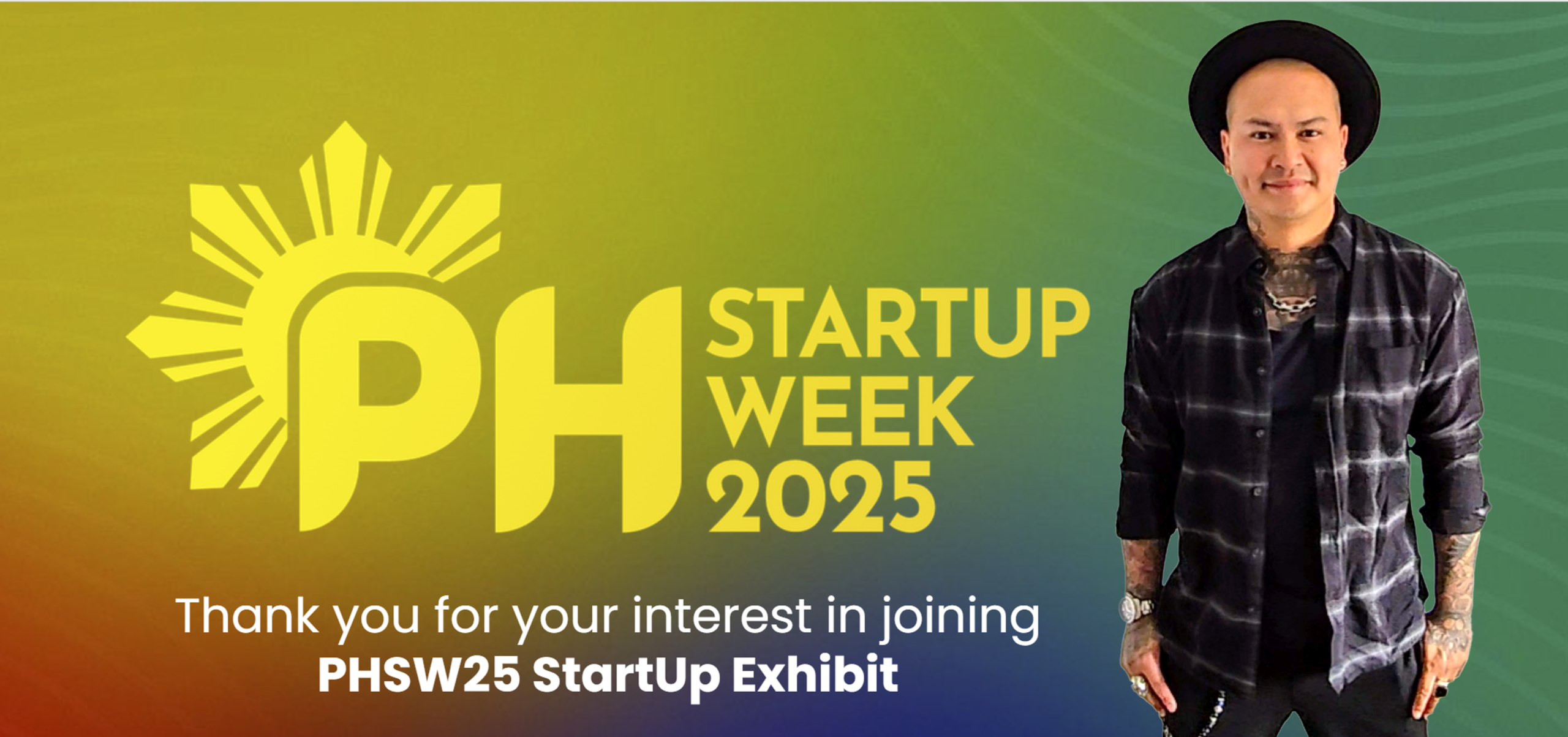Running a good workshop is one of the most valuable skills you can have as a business analyst or technical writer.
Workshops help you gather the right information, align teams, and get everyone on the same page before work begins.
But if you’ve never run one before, it can feel overwhelming.
How do you know what to ask?
Who should be there?
What do you even write down?
I’ve run plenty of these over the years, and I can tell you this—running a great workshop is about structure, preparation, and active listening.
Here’s how I do it, step-by-step.
🎯 Step 1: Know the Purpose of the Workshop
Before you send a single invite, you need to know why you’re running the workshop.
What are you trying to get out of it?
Most workshops for requirements are run to:
- Understand what a new system or process needs to do
- Capture current pain points
- Align different stakeholders
- Get agreement on scope or features
Write down a clear purpose.
If you don’t know why you’re running the session, no one else will.
👥 Step 2: Invite the Right People
You need to include people who know how the process works and those who care about the outcome.
That usually means:
- Process owners
- System users
- Stakeholders (like managers or product owners)
- Someone from IT or change if systems are involved
Too few people and you miss insights.
Too many and you lose focus.
Aim for 4 to 8 people for a working session.
If you need wider feedback, use follow-up surveys or interviews.
📝 Step 3: Prepare a Simple Agenda
You don’t need a complex plan.
But you do need a structure.
Here’s a basic outline I use for a 90-minute session:
- Welcome and explain the goal (10 mins)
- Walk through the current process or system (20 mins)
- Ask what’s working and what’s not (20 mins)
- Gather feature or process needs (30 mins)
- Prioritise or summarise key points (10 mins)
Always leave a few minutes at the end for questions.
Send the agenda in advance.
It helps people prepare and stay focused.
🔍 Step 4: Ask the Right Questions
Good workshops rely on good questions.
These are the ones I always keep on hand:
- What happens today?
- Who is involved at each step?
- What tools or systems are used?
- What are the common roadblocks or frustrations?
- What would make this easier or faster?
- What information do you need to do your job?
- What happens when something goes wrong?
Avoid yes or no questions.
You want detail.
✍️ Step 5: Capture Everything Clearly
During the session, I always take structured notes.
I use tools like:
- Miro or Mural for visual flows
- Microsoft Word or OneNote for detailed inputs
- A whiteboard for quick ideas
Don’t rely on your memory.
Capture exactly what people say—in their own words if possible.
Highlight decisions and action items.
And always ask permission if you’re recording the session.
📄 Step 6: Follow Up with a Summary
After the workshop, I send out a summary to everyone who attended.
This includes:
- Key insights
- Any decisions made
- Open questions
- Next steps or actions
- Draft requirements if they’re ready
Ask the group to confirm if anything is missing or incorrect.
This is where documentation really starts.
You now have the foundation to write clear, validated requirements.
🛠️ Tips from Experience
- Always timebox each section to stay on track
- Let quieter participants speak first before discussion opens up
- Draw diagrams live as people talk—it keeps everyone engaged
- Check in halfway through: are we still focused on the goal?
- Have someone else take notes if you’re leading the session
Workshops get better the more you run them.
But even your first one can be a success with the right prep and attitude.
✅ Final Thoughts
Requirements gathering is one of the most important phases of any project.
Do it well, and the rest of the project runs smoother.
Do it poorly, and you end up with confusion, missed needs, and rework.
A well-run workshop brings clarity, engagement, and alignment.
It shows stakeholders that their input matters.
And it gives you the information you need to write strong, accurate, and useful documentation.
This is how I’ve approached workshops for years—calmly, clearly, and with structure.
And it works.






